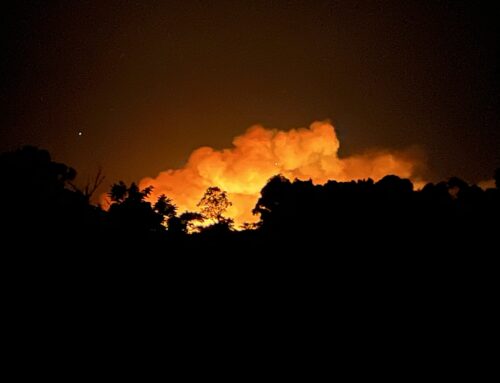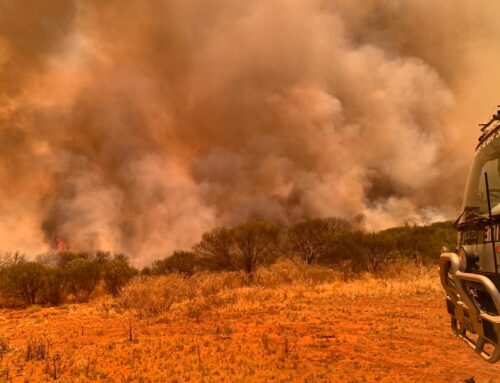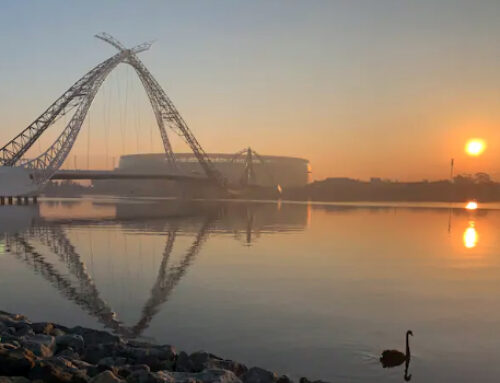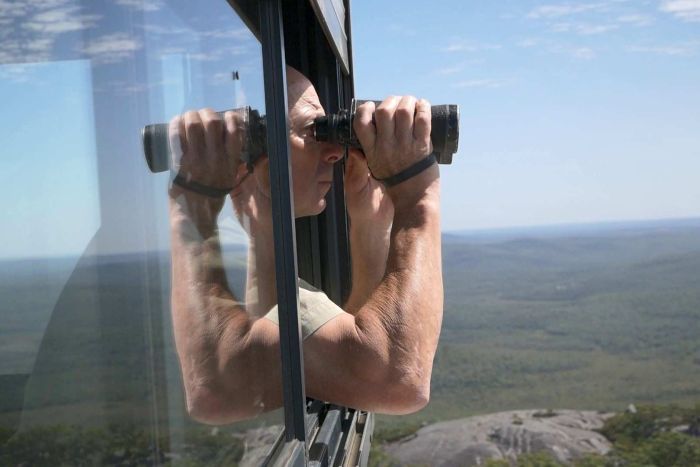
PHOTO: No time for reading anything except the landscape: an observer scans the WA wilderness for smoke. (ABC South West WA: Mark Bennett)
While satellites with high-powered cameras and thermal devices are making life easier to see fires from space, the quickest way to detect fires is a lot closer to Earth.
Key points:
- A network of manned observation towers is still used to spot bushfires in WA
- Being an observer requires intense concentration, and an ability to keep accurate records
- While technology may eventually catch-up, those who do the job say the human eye is yet to be surpassed
Every day over summer, across Perth and the south-west region of Western Australia, a special group of men and women keep an eye on the forests from up high.
They are the little-known tower watchers, a select group who spend hours watching the horizon for “smokes” — the first sign of the beginnings of a bushfire.
“As soon as we see a smoke the duty officers will get the spotter [plane] off the ground,” said veteran Parks and Wildlife fire operations officer, Paul Musarra.
“That might take 15–20 minutes.
“The water bombers will be mobilised, the ground troops will be mobilised — but it’s just that quick response of seeing something and getting them going.”
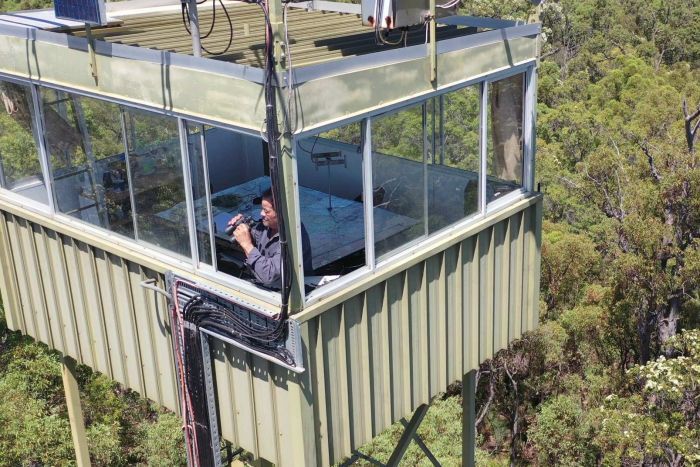
PHOTO: Tony Hoffman at work in the tower. (ABC South West WA: Mark Bennett)
Climbing the ladder
For the last four summers Tony Hoffman has climbed the 30-metre ladder up into his small 3m by 3m cabin at Bickley, in the Perth Hills, settling into a daily routine of scanning the horizon through powerful binoculars.
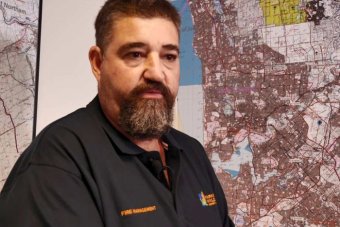
PHOTO: Tony Hoffman jokes that he catches up on sleep and reading while on duty, but there’s no time for that. (ABC South West WA: Mark Bennett)
He is one of 13 towermen and towerwomen across the southern forests of WA whose sole task is to spend hours on sentry duty.
Mr Hoffman, like many tower watchers employed by Parks and Wildlife, is also a volunteer firefighter.
He has ways of staying alert and on task which is not an easy job when it is hot and the cabin is swaying in the wind.
“I catch-up on things, I read a little, catch-up on sleep — no, no, I’m just joking,” Mr Hoffman said.
Reading and sleep is out of the question for plenty of reasons, but one is that towermen and women have to fill out detailed weather logs to record wind direction, temperature and humidity, with that data relayed back to base every hour.
Tech no substitute for human judgement
The Perth Hills is a hotspot for fires started by nature, or by humans ignoring fire restrictions, or worse.
“Unfortunately there are a lot of stolen cars,” Mr Musarra said.
“And there’s a lot of arson as well, so we don’t want to miss the opportunity to get on top of those events as soon as possible.”
The network of 13 towers stretches from north of Perth down to the South Coast near Walpole.
Manned towers seem almost old-fashioned in an era of remote-sensing satellites, thermal cameras and spotter planes, but human experience, judgement and knowledge wins in the race to respond to the first signs of ignition.
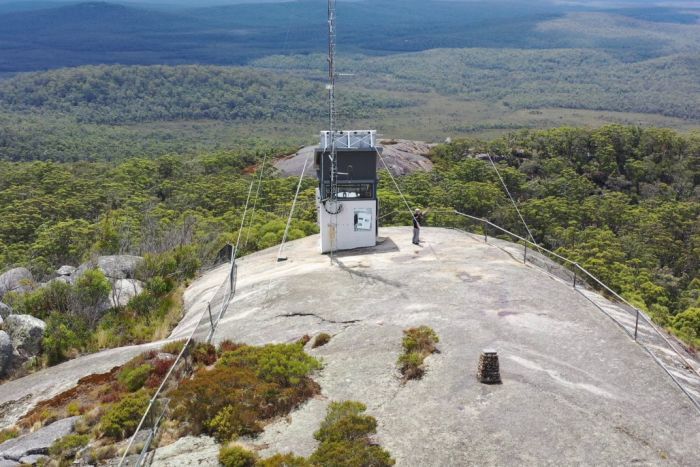
PHOTO: A network of 13 towers covers a vast area at risk of bushfire in WA’s South West. (ABC South West WA: Mark Bennett)
“Most of the towermen are volunteer firefighters and have a volunteer firefighting background,” Mr Musarra said.
“They are senior in their age and they enjoy going up there and just sitting there and looking around looking for smokes.
“Technology is getting there but it’s still a long way from having a guy sitting in there, so I don’t see it changing too much in the future.
“They are getting better computer programs that can detect smoke, and differentiate between smoke and dust, and they can also heat seek as well, but then you need more cameras.
“At the moment you still can’t beat having a woman, or a man, in a tower.”
‘It’s a huge chunk of land’
On fire danger days Parks and Wildlife run a fleet of 10 spotter planes that patrol the forests north to south, and guide water bombers to their targets.
They talk to the towermen and women to cross check their sightings and together they provide quick and accurate information to headquarters, which in turn deploy firefighters.
There used to be 32 manned towers, mostly made from local timber dating back to the early 1900s.
Now only 13 steel towers remain, with the 30-metre structures scattered between Two Rocks on Perth’s outer northern edge down to the southern forests.
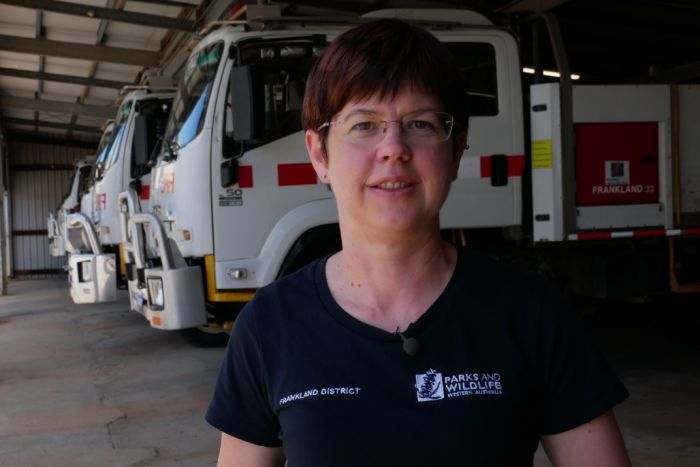
PHOTO: Nikki Rouse says there’s no time to slack off when you’re in the tower. (ABC South West WA: Mark Bennett)
Nikki Rouse, the Frankland District fire coordinator for the southern forests, said the job is harder than it looks.
“We cover 674,000 hectares, and just over half of that is conservation estate managed by Parks and Wildlife,” she said.
“It’s a huge chunk of land with no permanent residents.
“So we need tower watchers and planes to keep an eye out for fire, and that’s a full-time job, seven days a week in the fire season.
“If you are the sort of person who gets bored and distracted easily and wants to sit up there and read a book there you are not the right person for the job.
“You want someone that’s really been willing to keep that vigilance, to keep that scanning look, all day.”
Mark Bennett
https://www.abc.net.au/news/2020-02-09/wa-tower-watchers-first-line-of-bushfire-defence/11947810?pfmredir=sm&fbclid=IwAR2mq9szShPVek1BDoGFJq36B55aJLhNaJAf5UHchZK-kYb6ruEoxpCvX3Q&utm_source=sfmc&utm_medium=email&utm_content=&utm_campaign=%5bregloc_sfmc_14_02_20_great-southern%5d%3a125&user_id=6a1529ead1ef9e86de2ad22c100afb738b0766ca97eec37af84e7e474d87bf55&WT.tsrc=email&WT.mc_id=Email%7c%5bregloc_sfmc_14_02_20_great-southern%5d%7c125watch_towers+

